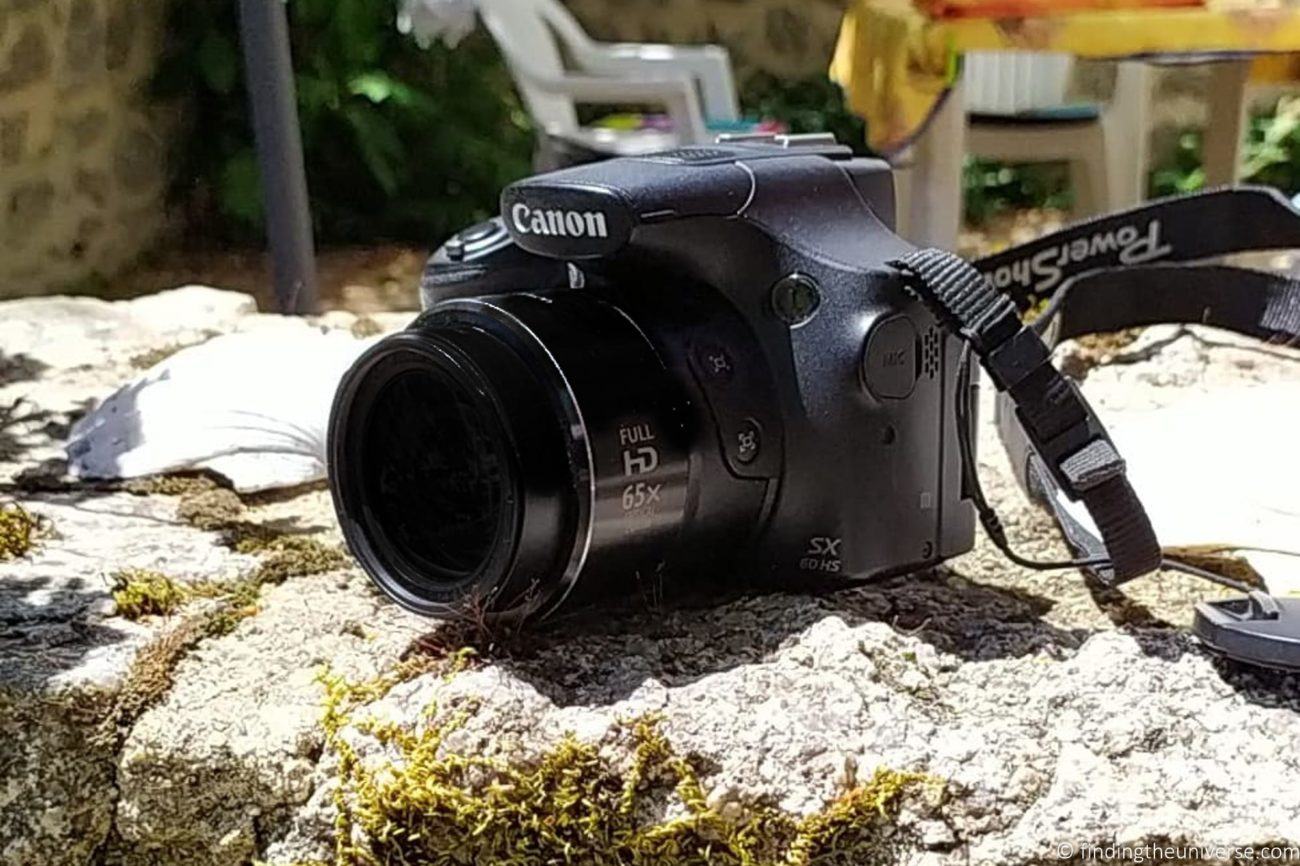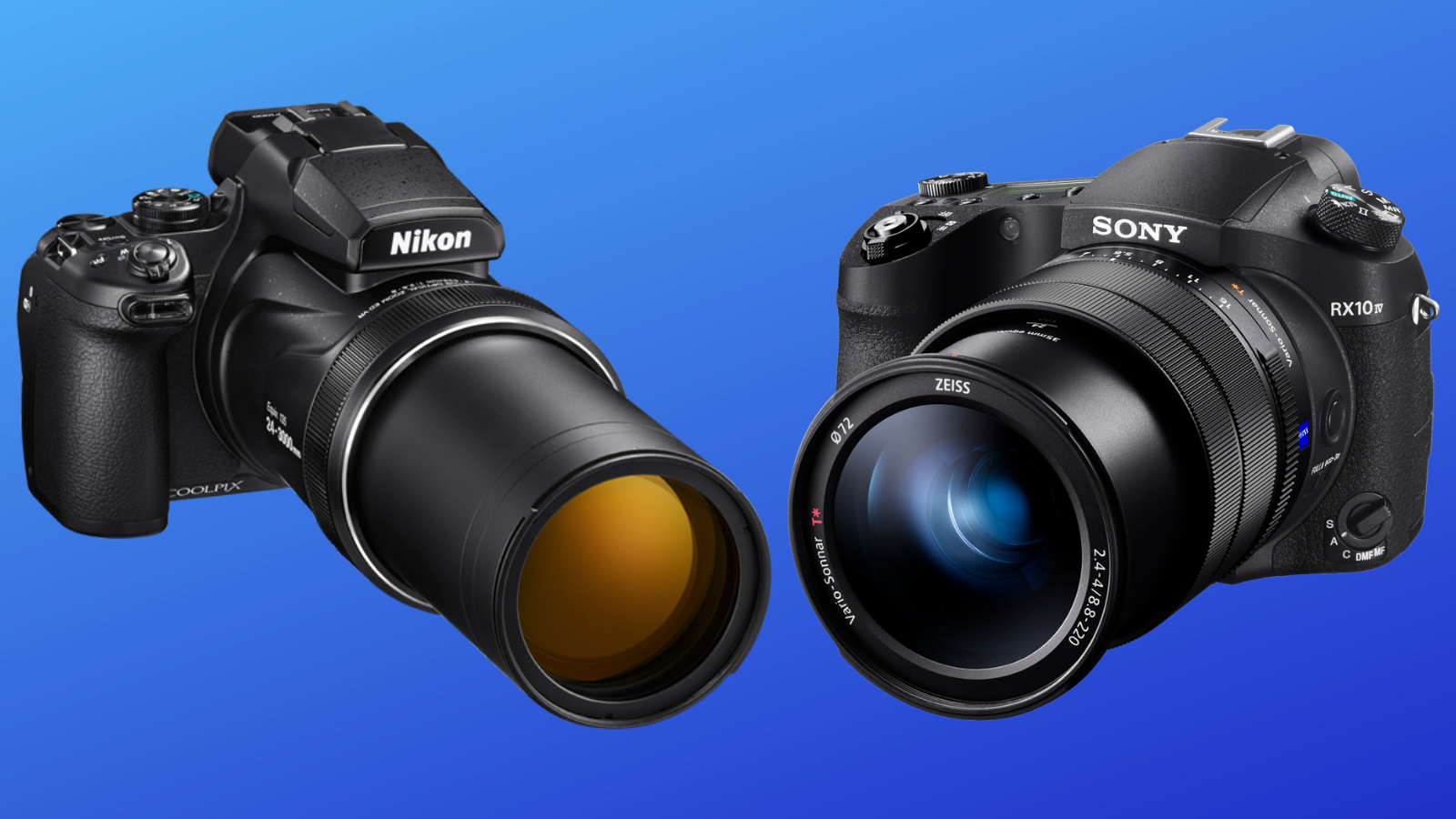

Here’s a shot with mine that shows the super shallow depth of field and butter smooth background at f0.95: Mitakon Zhongyi Speedmaster 50mm f0.95Ĭheckout this video from one of my favorite photographers, Zach Arias, talking about the crop sensor debate (the Panasonic GH4 is shooting the video), and how it’s rather pointless to argue about sensors when sensors don’t capture emotion, think about composition, lighting, etc… the photographer does:įull Frame vs Micro Four Thirds Image Quality “Micro Four Thirds image quality sucks”
#Bridge camera bokeh full
On my full frame Sony A7III You can get a Mitakon Zhongyi Speedmaster 50mm f0.95 for around $700. You can probably get pretty close with a speedbooster, but with the price of f0.95-f1.4 legacy lenses, I’m not sure it would be worth it.

Here’s one of my favorites with the Panasonic-Leica 42.5mm f1.2: Micro Four Thirds vs Full Frame Background Blur – Who said ♔3 can’t blur the background?īut the truth is, there are shots Micro Four Thirds can’t get. Personally, I love shooting wide open when the time is right. Stopping down ensures that you’ll get a shot in focus, and lenses tend to be sharper when stopped down (which we’ll cover later). I’ve done a lot of research and talked to a lot of pros, and renowned headshot photographer Peter Hurley uses ~f3.5 to f4 for headshots, renowned fashion and beauty photographer Lindsay Adler stops down to a minimum of f2.4 to f2.8 for portraiture and the list could go on. I generally pose my subjects more straight on when shooting this shallow, as even a slight angle could leave an eye out of focus. You could use Canon’s 85mm f1.2 L and shoot wide open to generate more background blur, but you could also miss focus sometimes. Seasoned photographers get this, and may scoff at this comparison because of the disparity in focal length, but I’m just illustrating that the lower aperture number does not mean necessarily mean more background blur. If you make the comparison on one of Canon’s many APS-C cameras, the difference would be much more drastic. Despite the Olympus having an equivalent DoF of f3.6, it can still produce more background blur than the Canon 24mm f1.4 on a full frame camera. With background blur, you must consider focal length and distance of the subject from the background. And that isn’t quite the case, with help from, you can see that the Olympus 75mm f1.8 produces much more background blur than Canon’s popular 24mm f1.4 on a full frame camera at when the subject is more than 2 meters from the background: Background Blur Comparison: Olympus 75mm f1.8 vs Canon 24mm f1.4 Many people think that the lower the aperture number = more background blur.

I say it depends on your definition of “creamy bokeh.” “So you’re saying if I wanted that creamy bokeh for portraiture, Micro Four Thirds can’t match what a Full Frame camera can do?” f1.4 is always f1.4 in terms of gathering light).

#Bridge camera bokeh update
This post is meant to be the definitive guide to answer all questions about Micro Four Thirds vs Full Frame, if I miss anything at all please let me know in the comments and I will update the post accordingly. Since then there have been numerous questions, and many misconceptions about ♔3 vs Full Frame (and other crop sensor) cameras.Ģ023 Update: Just wanted to provide a quick update that yes, I still indeed use both Micro Four Thirds and Full Frame cameras! I’m comfortable with recommending either, it really just depends on personal preference and use case. I was an early adopter for Micro Four Thirds, starting with the Panasonic GF1 in 2009.


 0 kommentar(er)
0 kommentar(er)
